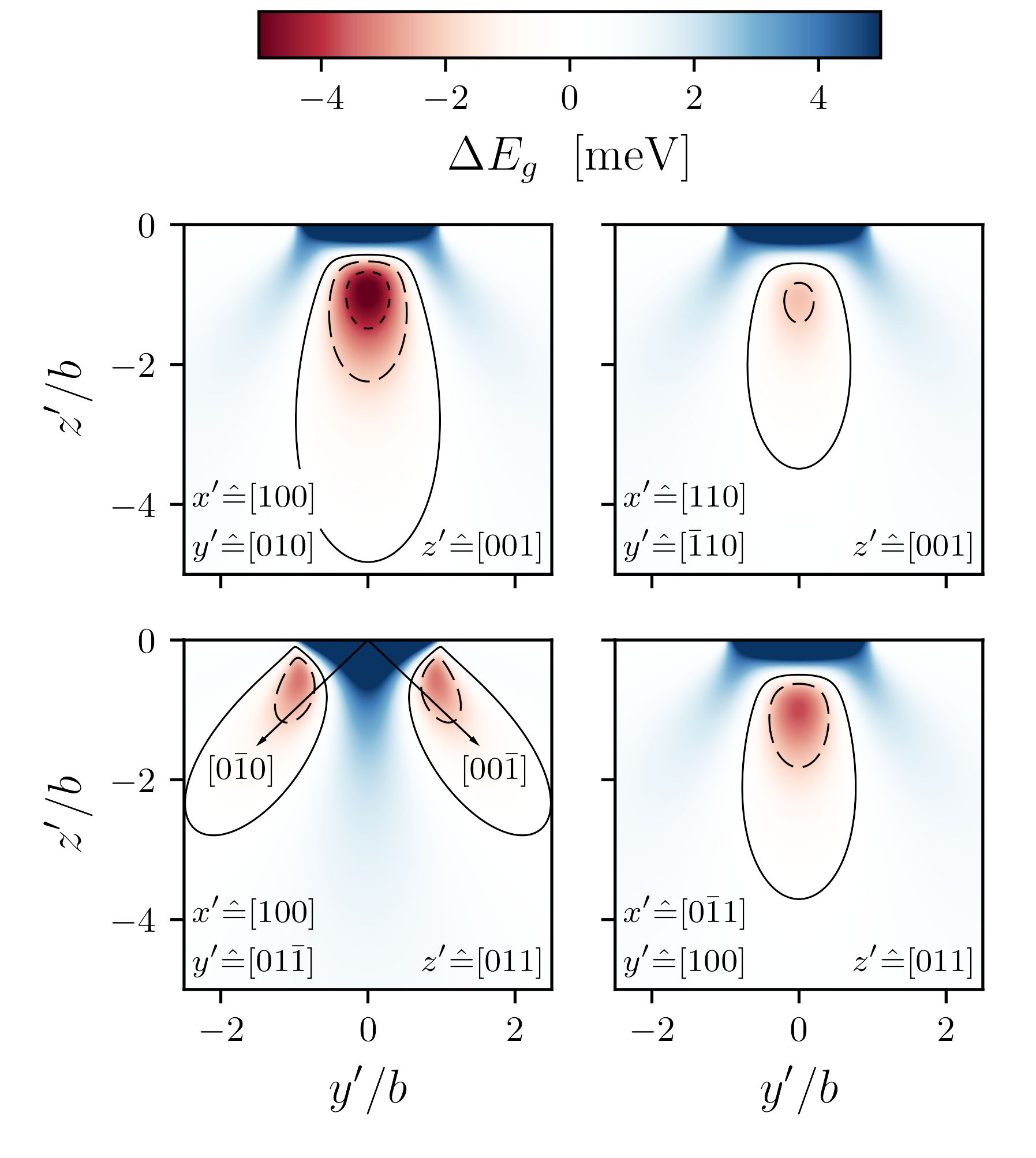Dynamics of interacting Rydberg excitons in inhomogeneous structures
Summary
The aim of this project is to study interacting Rydberg excitons in the semiconductor cuprous oxide. We are especially interested in the dynamics of Rydberg excitons in inhomogeneous structures, be it due to the inhomogeneity of the exciting field, ballistic and diffusive transport processes, or the application of external potentials such as strain potentials. One goal of the project is to model the dynamics of an interacting gas of Rydberg excitons and its interaction with near-resonant pump and probe pulses propagating through it, providing theoretical input for experiments to be conducted by the group of Prof. Aßmann and Prof. Bayer at the TU Dortmund within this Priority Programme.As the excitons do not exist prior to their excitation, it is difficult to localise them and probe their interaction in a spatially resolved manner. One possible way to achieve a localisation is by locally tuning the resonance condition, for example through the application of strain potentials. These potentials can be induced, for example, by surface acoustic waves, micro lenses glued onto the crystal or a stressor pressed onto it. We will study all three approaches to the localised creation of Rydberg excitons and investigate the use of inhomogeneous strain to break the symmetry and excite dark states directly. One limiting factor hindering the trapping of the optically active P-states is their short lifetime (< 1 ns) which is limited by phonon scattering into the excitonic ground state (1S). In the search for longer-lived states, we will investigate the properties and lifetimes of high angular-momentum states in analogy to the circular Rydberg states often used in atomic physics.

Principal Investigator
Stefan Scheel, Universitaet RostockBack to all GiRyd projects
